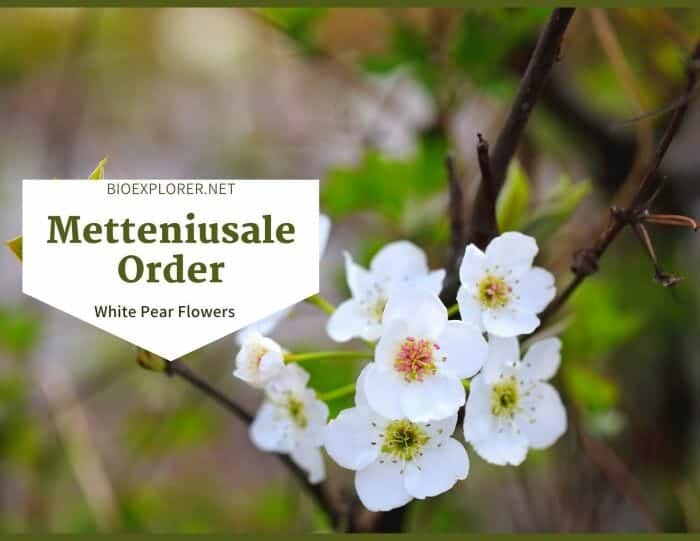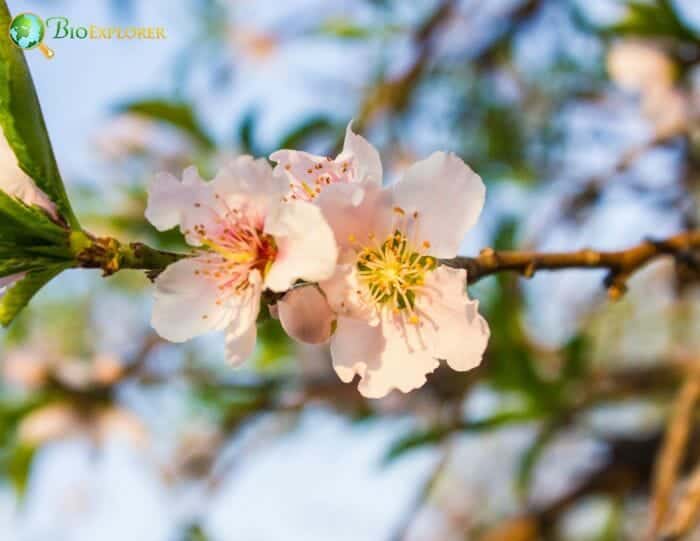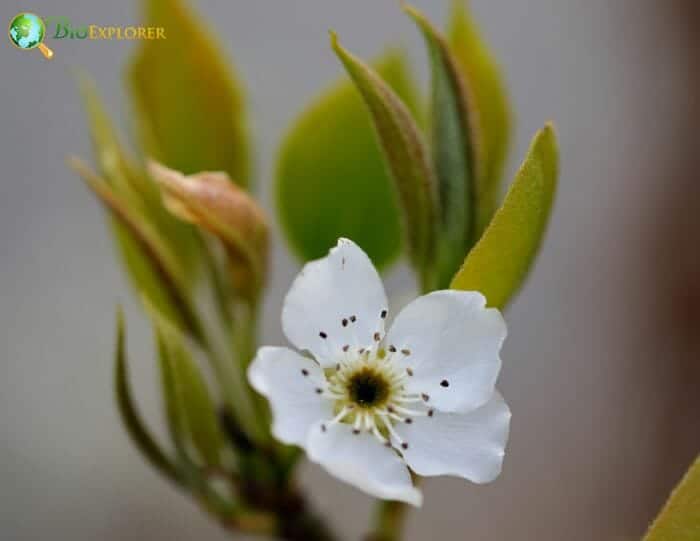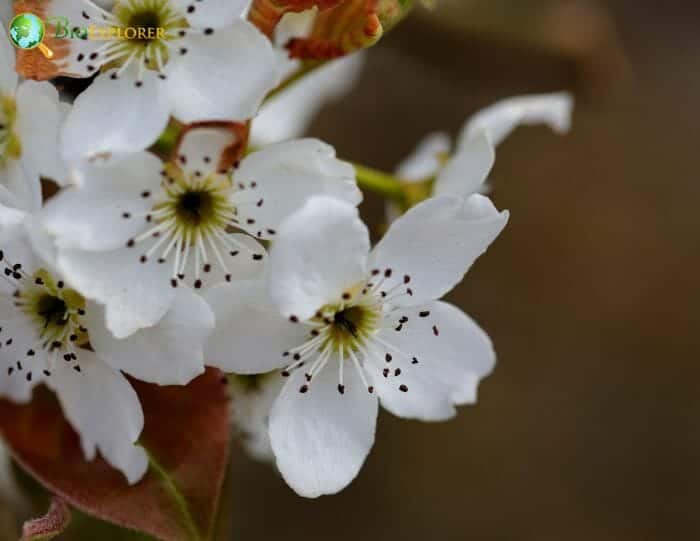
Metteniusales are trees, shrubs, or lianas with chiefly tropical distribution. Plants of Matteniusales have simple, alternate, and exstipulateWhat is exstipulate?Without stipules; Stipule is a small structure of appendage found at the base of some leaf petioles. leaves, bisexual and actinomorphicWhat is actinomorphic?A characteristic of the flower exhibiting radial symmetry such as starfish or Daisy flower; capable of being bisected into identical halves along more than one axis, forming mirror images. Opposite is Zygomorphic. flowers, 5 sepals, 5 petals, and 5 stamens. The white pear, cachichín[1], and umari are some of the plants that belong to the Metteniusales order
Table of Contents
Metteniusales Families

Metteniusales is an order of flowering plants with only 1 family, 11 genera, and 55 species. Metteniusaceae is the only family of Metteniusales. The family Metteniusaceae was just placed within the lamiids.
![]()
Metteniusales Distribution

The species of the Metteniusaceae are chiefly tropical. The members are found in the tropical regions of the Old World, Mexico, Central America, and the West Indies. There are also plants distributed in tropical South America.
![]()
Metteniusales Characteristics
- Plant type: Members of Metteniusales are trees, shrubs, and lianas.
- Stems: The vessel elements of the plants are with simple or scalariform perforation plates. Usually, the lateral pits are scalariform to the opposite. However, some have bordered or simple pits.
- Leaves: Plants of the Metteniusaceae have glabrous or hairy leaves. Also, the leaves are simple, alternate, and exstipulate. The leaf margins are entire or minutely glandular-denticulate.
- Flowers and inflorescences: The flowers are bisexual and actinomorphic. These flowers are terminal or axillary. Flowers are in panicle, cymose, cymose thyrsoid, fasciculate, corymbose cyme, or racemes (simple or compound).
- Sepals and petals: There are usually 5 imbricateWhat is imbricate?overlap or cause to overlap; in botany terms, scales, sepals, or plates having adjacent edges overlapping; with margins of structures overlapping like shingles on a roof. and persistent sepals. The petals are also 5; imbricate or valvateWhat is valvate?Sepals having adjacent edges abutting rather than overlapping; opening by valves; edges of structures coming together so that the margins touch but won't overlap..
- Stamens and carpels: The androecium has 5 stamens; alternating with the petals. There are 5 carpels.
- Ovary and fruit: The ovary is superior. The fruit is drupaceous with a hard endocarp.
- Seeds: The seeds are albuminous.
![]()
Metteniusales Flowers and Reproduction
The flowers of Metteniusaceae[2] are actinomorphic, bisexual, and pentamerousWhat is pentamerous?Having parts in fives or multiples of five..
- Metteniusales flowers are borne in axillary or terminal, panicle, cymose, cymose thyrsoid, fasciculate, corymbose cyme, or raceme.
- The calyxWhat is calyx?A collective term for all the sepals of a flower; the lowermost whorl of floral orgrans (Plural form is calyces). consists of 5 persistent and imbricate sepals, and the sympetalous corollaWhat is corolla?A collective term referring to the petals of a flower. has 5 imbricate or valvate petals.
- The Metteniusales flowers also have 5 stamens inserted in the corolla tube. These stamens are alternating with the petals.
- Metteniusales flowers have short filaments and dithecate anthers. There are 5 carpels in the gynoecium. The placentation is apical-axile or parietal, and the flowers’ ovary is superior.
- The white pear[3] from the genus Apodytes has strongly scented snow-white flowers clustered in spikes. These flowers attract many insects that help in pollination.
![]()
Metteniusales Example Species

- White pear – The white pear tree produces good quality timber used for wagon and cabinet making.
- Cachichín – The fruit is edible. The locals collect, boil, and sell the roasted fruit. The seed is also edible. However, it has a bitter taste.
- Palo de rosa- Palo de rosa produced beautiful rosewood to make luxury furniture. Unfortunately, this tree is now endangered because of overharvesting and continuous habitat loss.
- Pittosporopsis kerrii – The seeds are edible. It is also used in traditional medicine.
- Platea excelsa – The wood is used locally for construction.
- Umari – The fruit of the Umari is consumed as food. The wood is used for carpentry. The tree is also cultivated for garden use.
- Poraqueiba paraensis – The tree is cultivated in the home gardens. The fruit is edible (either raw or cooked).
- Rhaphiostylis beninensis – The R. beninensis has medicinal value. Its roots have anti-inflammatory constituents. The leaf and the stem parts are also medicinal.
- Rhaphiostylis ferruginea
- Ottoschulzia pallid
![]()











